Prepare Your Vehicle for Fall & Winter
Posted by:
Jim OBrill
The leaves are changing and the temperatures are falling. Coats are needed in the morning but not the afternoon, welcome to Fall in Chicagoland. The changing of seasons also signifies new road conditions and new elements that can affect your vehicles. Here are some key tips to ensure your vehicle is ready for winter.
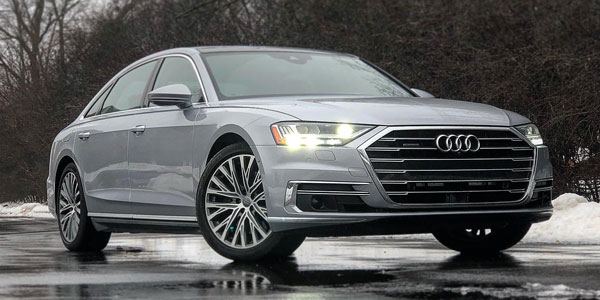
Let's begin with the tires as they are the key element to keep your vehicle safely grounded on the pavement. With falling leaves, wet roads, and the impending arrival of frost and snow, it's essential to make sure your tires are ready for the season. We often talk about new cars coming with "summer tires" and recommend switching to all-season or winter tires in the off-season, this is the off-season to make that switch. If you're keeping your tires on your vehicle, Cooper Tire & Rubber Company has a few tips to ensure your safety during some of the most challenging road hazards.
"It might be surprising to drivers that fall seasonal conditions produce some of the most challenging road hazards," said Andrea Berryman, Cooper's Director of Product Development. "Your tires are the only thing connecting you to the road, so ensuring they are properly inflated and have enough tread to allow for optimal braking will help you safely get to your destination."
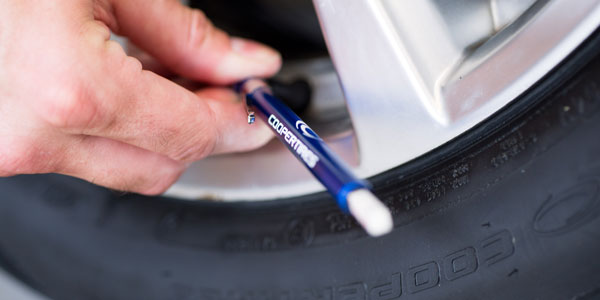
On average, tire pressure decreases by about one pound per square inch for every 10°F drop in temperature. As temperatures fluctuate from chilly nights to warm days, it's important to regularly check tire pressure rather than relying solely on the TPMS light, which alerts drivers when tire pressure is already too low.
Other fall seasonal hazards include wet roads and slippery debris, such as wet leaves on the roadway. In fact, driving on wet leaves can be like driving on ice - all the more reason tires need good tread, providing traction for braking and to prevent hydroplaning.
Drivers should conduct the following three simple maintenance checks to make sure their tires are in top condition this fall:
-
Check tire inflation pressure: Tire pressure plays a critical role in your tires' overall performance, and proper inflation allows drivers better control on the road and helps tires wear longer and more evenly. Check your tire pressure using a tire pressure gauge and ensure the pressure in each tire - including your spare - matches the ideal tire pressure for your vehicle, which is listed on the sticker inside your car door, glove box or fuel door, or in the car's manual.
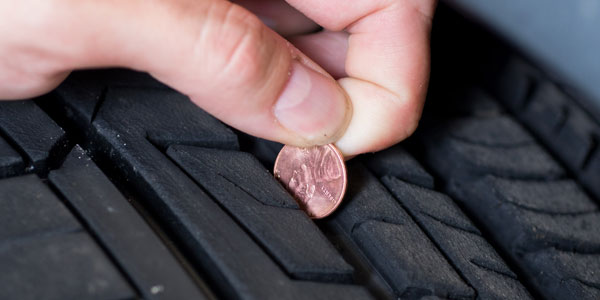
-
Inspect the tread depth: Proper tread depth helps tires maintain traction, improves handling and prevents hydroplaning. Drivers can check this by inserting the edge of a penny into the tread, with Lincoln going in headfirst. If the top of Lincoln's head is covered, there is an acceptable amount of tread; if the top of his head is visible, then it's time to replace the tire.
-
Check the overall condition: Damaged tires can shorten tire life or cause air loss. Look for cuts, cracks, splits, punctures or bulges on the exterior of the tire. If any of these conditions are spotted, or if you are unsure of the condition of your tires, visit a dealership or tire shop for a professional inspection.
Additionally, winter's temperature fluctuations helps creates potholes and fallen leaves can hide those and other hazards that may cause damage to your tires. "As seasonal weather worsens road conditions, it's important to check your tires at least once a month," Berryman said. "Prepare for the fall and winter seasons by making sure you have the right tires on your vehicle - whether those are all-season tires for rain and mild winters or dedicated winter tires if your area experiences heavy snow and freezing temperatures." Visit coopertire.com to find the right tires for you this fall.
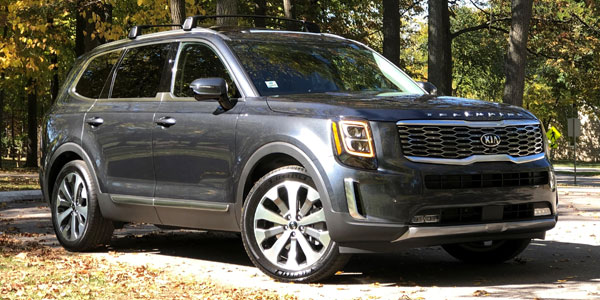
Outside of making sure your tires are ready for the new seasons, we have a few other suggestions to prepare for the colder winter months ahead. Take advantage of some of these nicer days and check these off your list now:
-
Living the Midwest, we will soon turn back the clocks which means it will be darker earlier. With darkness comes less road visibility so now is a great time to check all of your exterior lights. Many older vehicle headlights may start to look foggy and while you can have them polished by a professional, there are some great at home kits to do it yourself and rejuvenate those headlights. I personally have used the Turtle Wax Headlight Lens Restorer and have seen great results. A clearer lens will allow for more visibility from the headlights. And speaking of visibility, check your wiper blades and replace them with a fresh set before the wet fall leaves and snow begin falling.
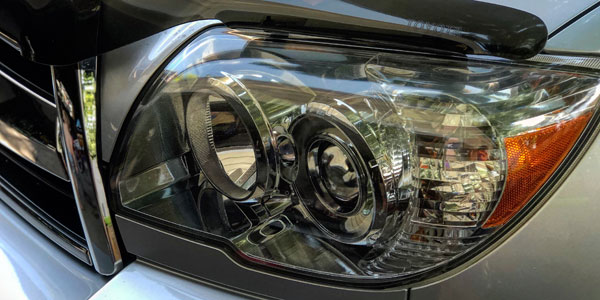
-
Time to check all of your fluids. Most dealers will do this during a routine oil change, but it's a good idea if you're in between services. Start with the washer fluid. Roads are the dirtiest in the fall after dust and grime collect on roads during the summer and will continue to worsen as salt starts to accumulate. It's always beneficial to keep a spare gallon in the trunk during winter months. Monitor engine fluid levels. Oil can boil and evaporate in extreme summer heat, so check the oil and replenish as necessary. Check other fluids such as the brake fluid, coolant, transmission and power steering fluids as well. Check the strength of the coolant. Over time engine coolant loses its capacity to handle cold temperatures. While it might be fine in the fall, come winter, the coolant might not be effective and could lead to expensive repairs. An annual coolant flush never hurts, but at least once every two years is a good idea.
-
Test the battery. An old battery that has trouble cranking the car in fall may go dead in winter. With every oil change, have the technician check on battery water levels. Car batteries generally last around 3-5 years so you can also check the battery to see if you're on borrowed time...some dates will be indicated with a sticker or there is stamp on the batter indicating the year & month. The first number will be the last digit of the year and the second letter which corresponds to the month (A being January, L being December). So, a code starting with 6F would have been manufactured in June, 2016.
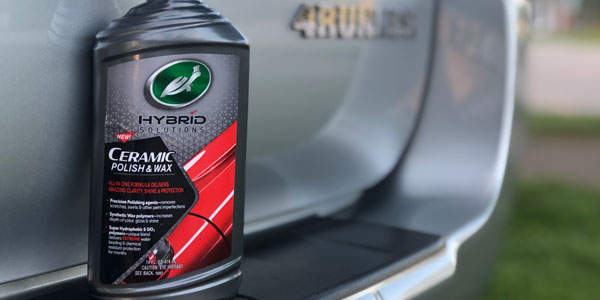
-
Test the systems of the car that you haven't used all summer. Test the heater and defroster to ensure they are working properly. Turn on the heating system to check. Open the hood and check your belts and hoses as well. Cracked belts or worn hoses can disable a vehicle in a matter of seconds. Make sure your serpentine belt can make it through the winter and check hoses for leaks. Similar to the wiper blades mentioned, it's easy for these items to dry out in particularly hot summers, which then can crack in an instant when the weather takes a turn. If you're not sure what you're looking for, your dealer will often perform a safety service to check these items out as well.
-
Give or get your car a proper detail. Start with a clay bar treatment that will remove things such as summer tree sap, rail dust, and other environmental debris that bond to the clear coat. This will give your car a clean surface to apply coats of wax to. Polish your vehicle with a protective layer of wax. A carnauba wax will give you a deeper shine, but a polymer-based wax will protect the paint significantly longer. And now company's like Turtle Wax are offering professional grade ceramic waxes that are easy to use for even more shine and durability which is more important in an area like Chicago where you want that wax to last through the season. Check out the Turtle Wax Hybrid Solutions line for a variety of at-home products. The wax is the barrier that will protect your paint from the outside elements. If you're feeling really ambitious, use a polisher to get any summer scratches or swirl marks out before applying the coat of wax.
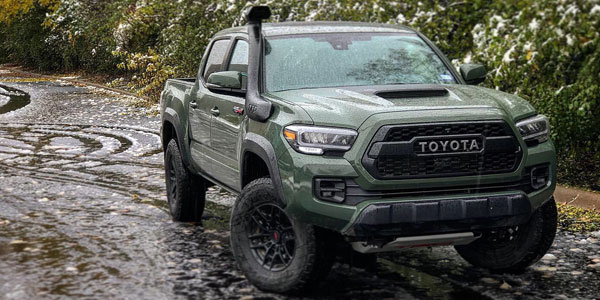
One last bonus tip.... Don't forget to pack an emergency kit. Severe winter weather can spell disaster for the unprepared. Keep items such as a reflective vest, road flares, vehicle jack, coats, blankets, snacks, water, shoes and gloves in a small bin in the trunk just in case. You never know what weather or road hazards you may encounter in Chicago.
« Last Post
Next Post »
View all Posts from this Blog